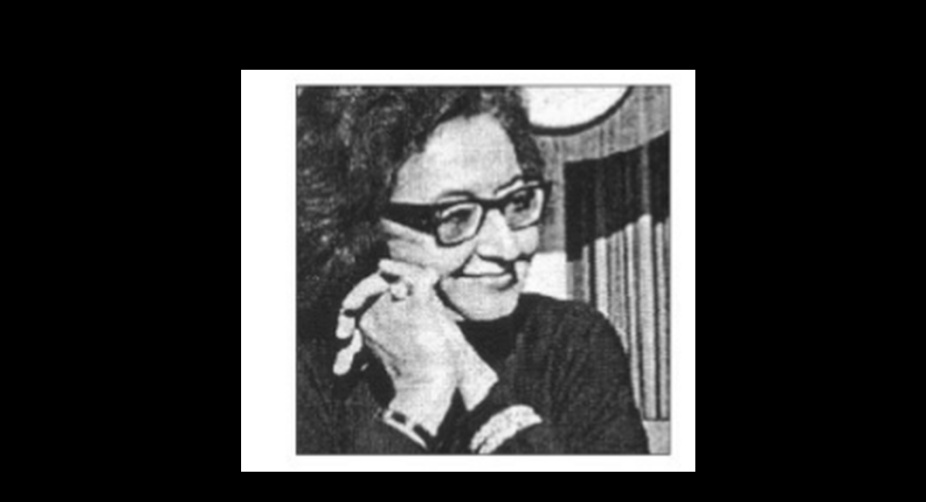Jashn-e-Rekhta Makes International Debut in London
Jashn-e-Rekhta, the renowned Urdu cultural festival, ventures abroad with its international debut in London, promoting the richness of the Urdu language and culture.
Pakistan was meant to grant Indian Muslims a homeland free from administration by a Hindu majority but proved to be problematic.

One of the most outstanding literary names in Urdu
literature Qurratulain Hyder , is best known for her magnum opus, Aag Ka Darya
(River of Fire), a novel first published in Urdu in 1959, from Lahore,
Pakistan, that stretches from the 4th century BC to post Partition India. Popularly
known as “Ainee Apa” among her friends and admirers, she was the daughter of
writer and pioneers of Urdu short story writer Sajjad Haidar Her novels and
short stories trace human destinies in the whirlpool of history, especially in
the tension between different cultures like Hindu and Muslim, Indian and
European, and between private wishes and public demands. She has created some
very impressive female figures and shown in her choice and treatment of themes
a lasting willingness to experiment and to make innovations. Qurratulain Hyder
is often said to be the grand old lady or grey eminence of Urdu literature.
Plainly this towering figure of 20th century Urdu literature is acknowledged
and admired but also viewed from a distance. She comes from a family of notable
writers including not only her parents but also an aunt, and has a nearly
photographic memory enlivened by a streak of fantasy. Qurratulain Hyder let her
first stories appear in literary periodicals in the 1940s then rose to fame in
1948 on the wings of her first novel, which is about the division of the
subcontinent into India and Pakistan only a year earlier.
Pakistan was meant to grant Indian Muslims a homeland free
from administration by a Hindu majority but proved to be problematic. The Partition
came in the way of the cultural interaction which had for centuries typified
North Indian life are significant themes of Hyder’s works for the rest of her
career. Qurratulain Hyder Nirbachita Galpo, an Urbee Prakashan publication
seeks to acquaint the Bengali readers with the works of an author who was not
chary of penning the follies and foibles of her class. Derided as “Pompom
Darling”, a description meant to be an invective but falls far short of its
target to belittle her literary efforts. The popularity of her works on both
sides of the border in India and Pakistan is not the sole pointer to her claim
to fame. Reading between the lines of the smartly written account of the life
and times of the upper classes, one finds and Hyder zeroed in on warts and all
in the lives of both the haves and have-nots. Thanks to Biswajit Sen who has
not ably translated Hyder’s works but also captured the mood down to t he swish
of silk in a tony party and the sigh of unfulfilled desires during the social
whirl. Kudos to Urbee for bringing out this literary gem
Advertisement
Advertisement